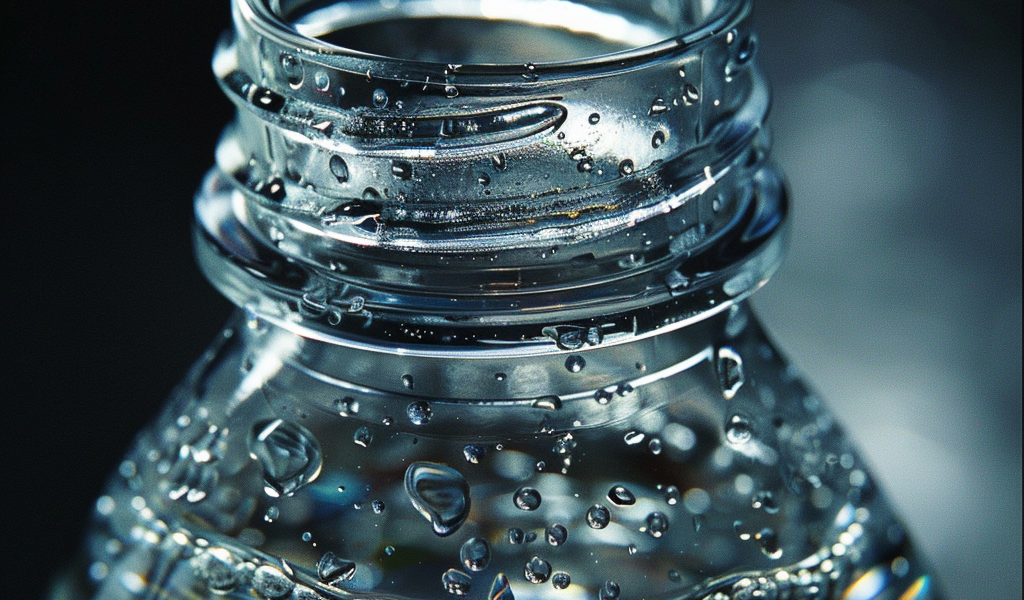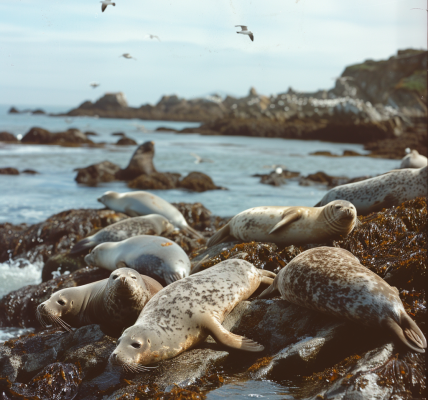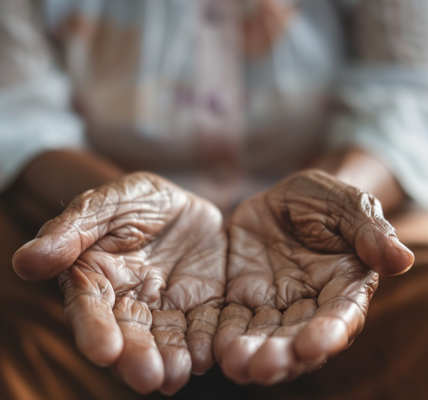In a groundbreaking study, it was revealed that bottled water contains an alarming amount of tiny plastic fragments, known as nanoplastics. Dr. Phoebe Stapleton, an associate professor of pharmacology and toxicology at Rutgers University, co-authored this pioneering study, which found that each liter of water contains an average of 240,000 particles from seven different types of plastics. Nearly 90 percent of these particles were nanoplastics made up of synthetic chemicals with potentially dangerous health effects, such as immune dysfunction and carcinogenicity, while the remainder were larger microplastics.
Dr. Stapleton explains that the particles enter the water from the bottle and the cap. Interestingly, with two of the brands examined, the highest concentrations were found in the water before it was even bottled. It remains unclear whether the particles originated from the source water or from the filtering and processing.
When these particles enter the body, the smaller nanoplastics are able to bypass the body’s protective mechanisms, unlike the larger microplastics. Within 24 hours of entering the gastrointestinal system, these nanoparticles were found in maternal tissues and even in placenta and fetal tissues in animal test subjects.
Dr. Stapleton highlights the difference between microplastics and nanoplastics, with microplastics ranging from one micron to five millimeters in size, whereas nanoplastics are about a thousand times smaller, making them invisible to the naked eye and comparable in size to bacteria and viruses.
One of the most troubling aspects of this study is the potential health implications of nanoplastics. The study raises concerning questions about the impact of these particles on the human body, warranting further research and investigation into the safety of consuming water containing such high levels of plastic particles.





